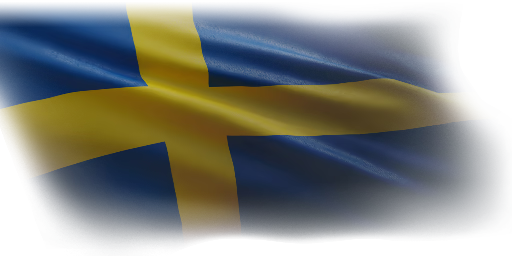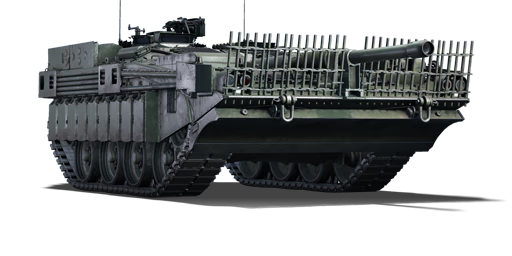The Strv 103C was the final production variant of the S-tank family. In defense decision 1982, it was planned to withhold acquiring new tanks, which meant the existing tanks and the Strv 103s had to undergo renovations. The vehicles were improved with a better Detroit Diesel engine for better manoeuvrability, a laser rangefinder integrated with the gunner sight for better distance accuracy, and built-in dozer blade on all Strv 103Cs for better protection of the lower front of the hull, as well as side skirt protection to improve the overall survivability of the vehicle.
The Strv 103C was introduced in Update 1.97 "Viking Fury". An improved version over the Strv 103A with better manoeuvrability, better and modern shells, and lastly improved survivability with a fence at the front to protect the hull from HEAT and HEAT-FS rounds, side skirts were added to improve side protection as well. Being a hull-aim based vehicle makes its low silhouette easy to hide behind low cover, also able to use the hydraulics to peek over small hills without exposing too much of itself and take a quick shot then go back into hiding and either manoeuvre to a new position or hope the enemy vehicle did not notice from where the Strv 103C fired from so it can take another peek and fire again. The Strv 103C, like the preceding Strv 103A, has a fast reloading 105 mm gun and can fire every four seconds to hit with a rapid devastating fire on unaware enemies.















